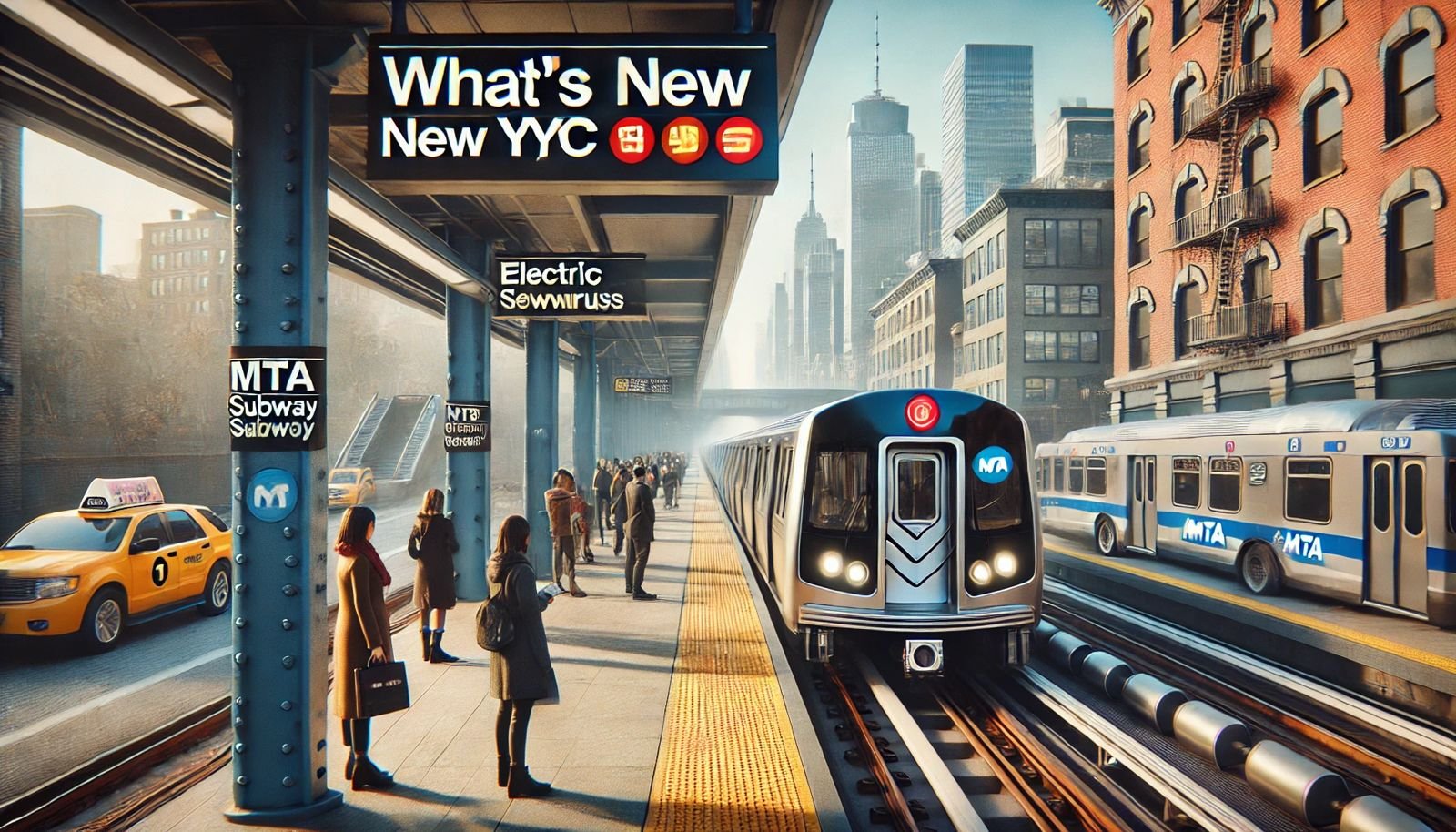
What’s new with NYC’s subway and buses?
What's new with NYC's subways and buses? Discover technological upgrades, accessibility improvements, and expanded bus routes. Learn how the MTA is addressing challenges and improving reliability. Explore the future of public transportation in the Big Apple!
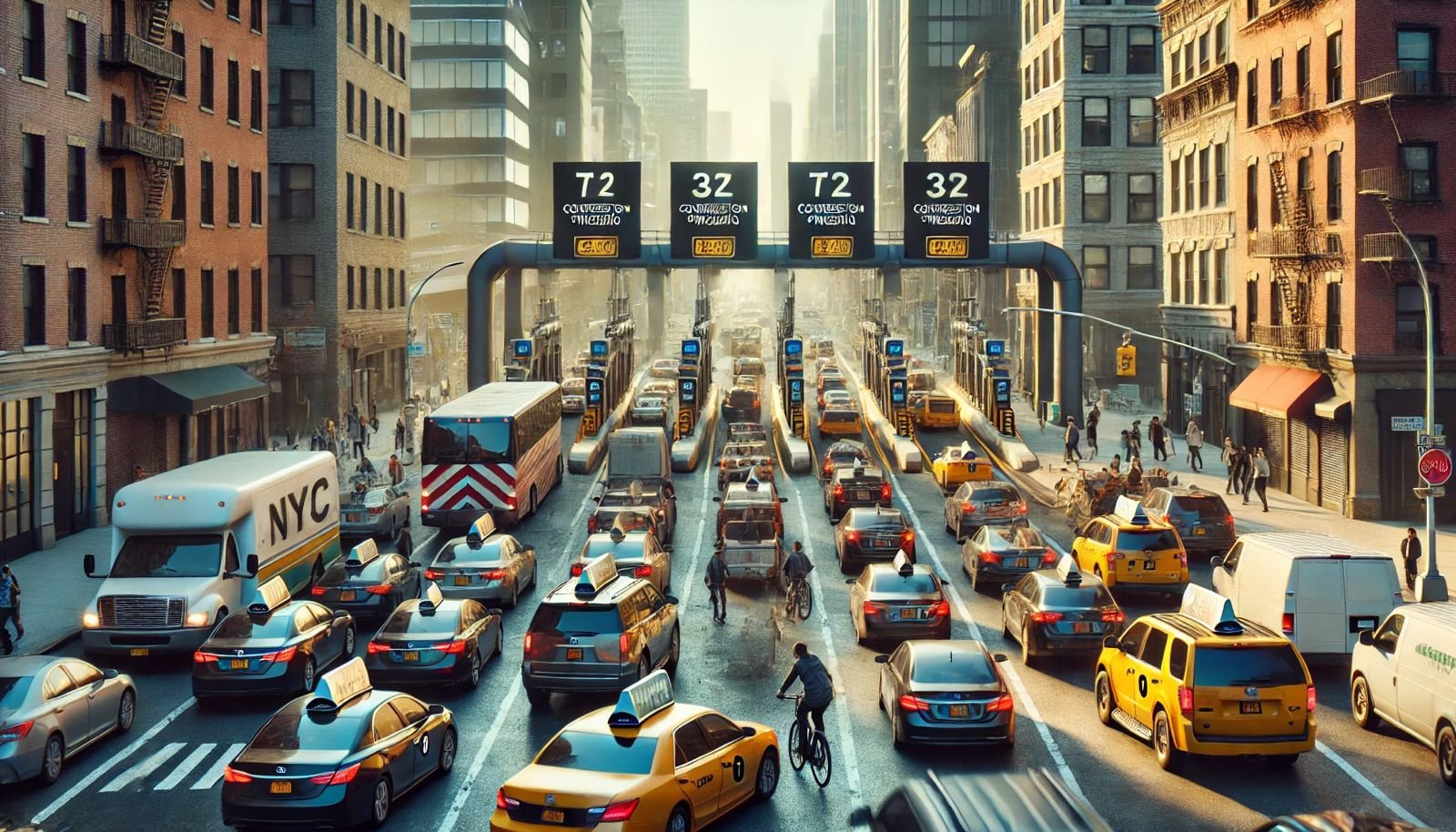
How is NYC’s congestion pricing affecting traffic and commutes?
Is NYC's congestion pricing plan smoothing traffic or just shifting the headache? Explore the impacts on commuters, traffic patterns, and the economy. Discover how it's changing commuting habits, raising equity concerns, and affecting the environment. Is it a solution or just another challenge for New Yorkers? Dive into the debate!
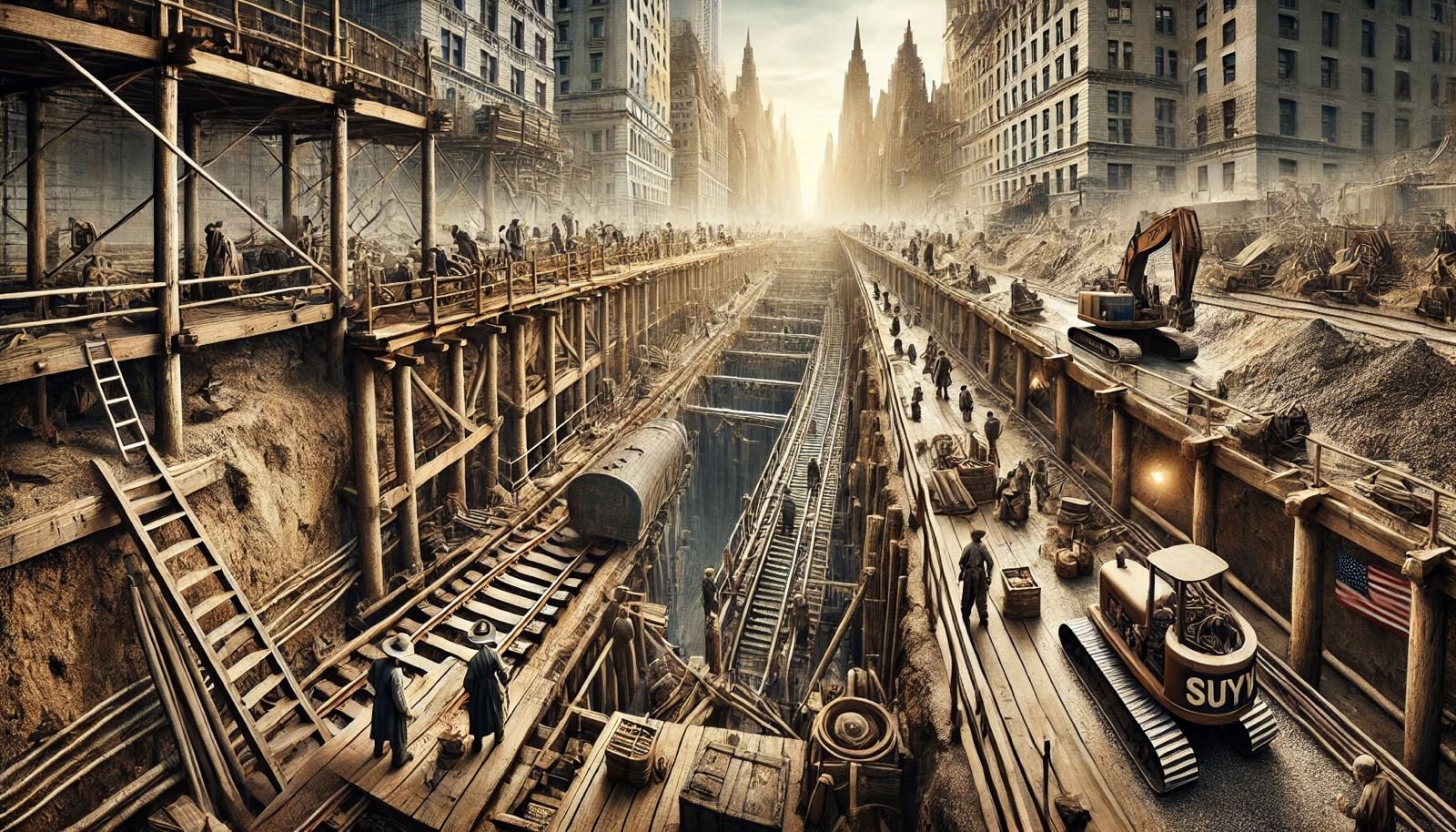
How long did it take to build the NYC subway?
The construction of the New York City Subway is a fascinating tale of engineering brilliance, spanning four years from 1900 to 1904. This monumental project aimed to ease the severe congestion on city streets caused by rapid population growth. The subway's first line, stretching 9.1 miles from City Hall to Harlem, opened on October 27, 1904, revolutionizing urban transit and shaping the city's future.
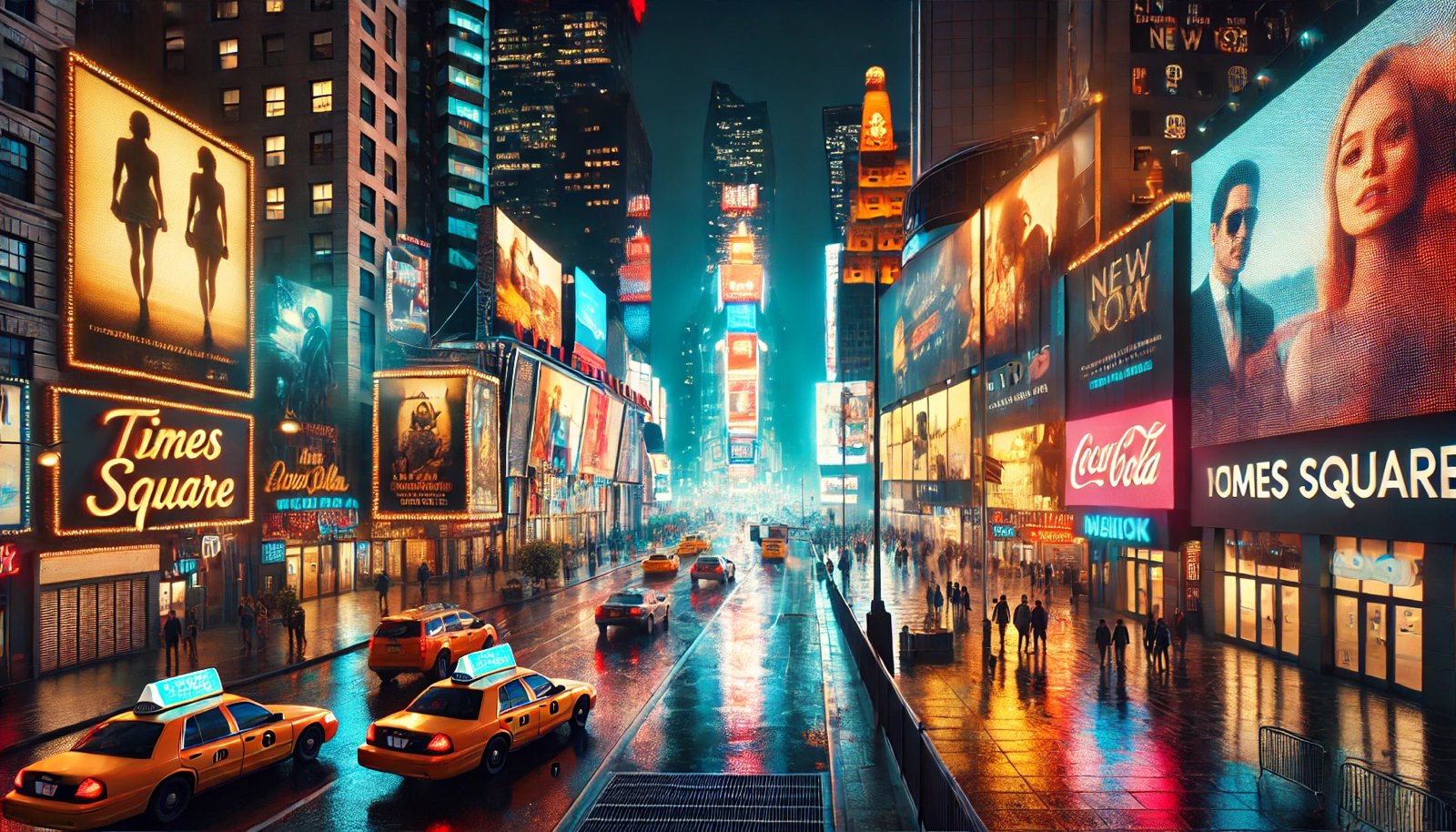
Is Times Square always lit up?
Times Square, often referred to as the "Crossroads of the World," is a vibrant hub that dazzles with its neon lights and energetic atmosphere. This iconic destination attracts millions of visitors each year, and while it consistently shines brightly, efforts to maintain its allure are crucial. Cleanliness plays a significant role in preserving the area's charm, especially following major events like New Year's Eve when substantial waste is generated. Dedicated cleaning teams work tirelessly to ensure Times Square remains an inviting spectacle, reflecting the city's commitment to keeping this landmark sparkling for all who visit.
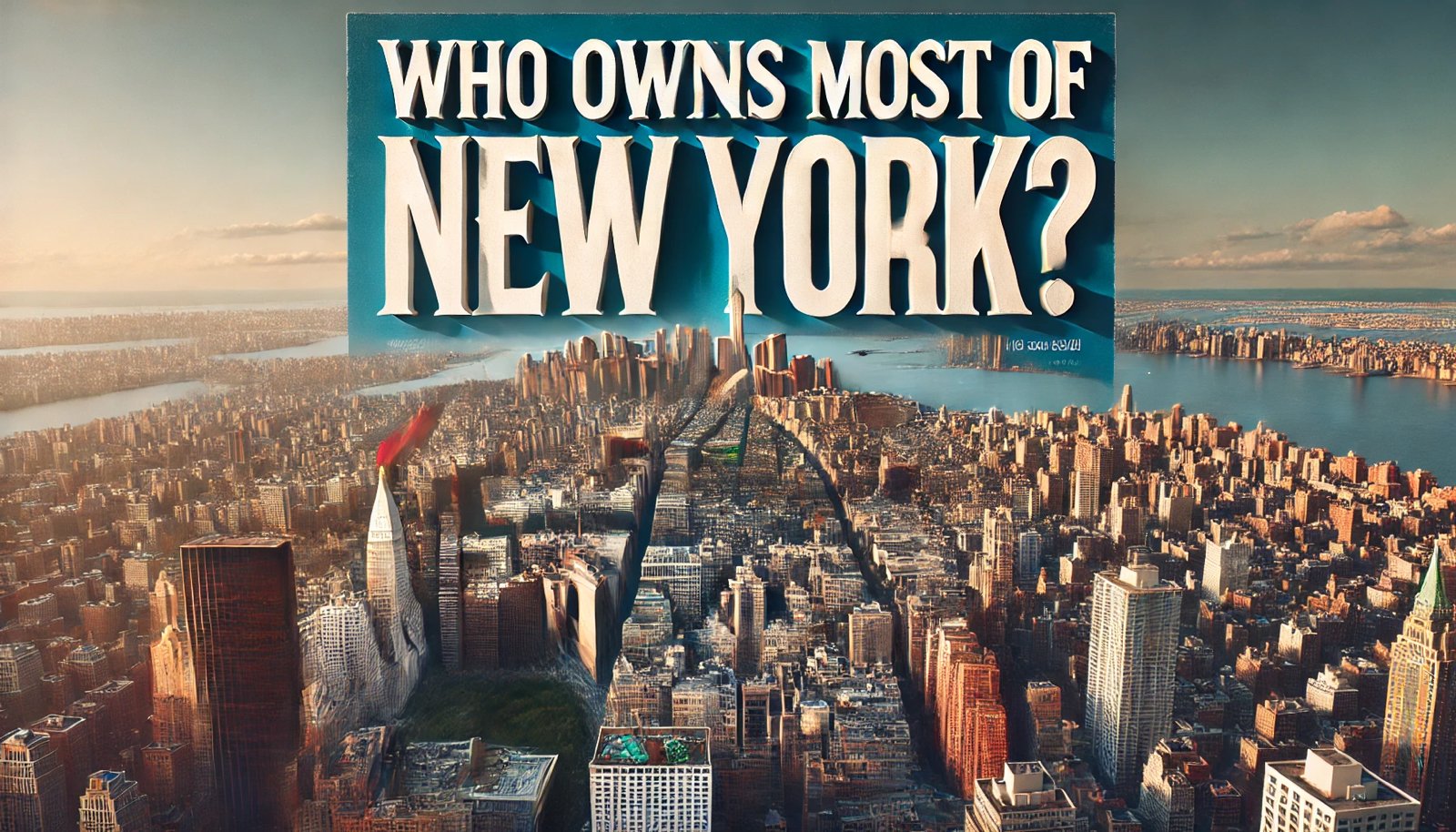
Who owns most of New York
New York City’s skyline and streets conceal a complex network of property ownership, shaping the city’s development and community resources. Government entities, private corporations like Vornado Realty Trust, and educational institutions such as Columbia University hold major portions of NYC’s real estate. This blog explores the city's primary landholders and their impact on urban growth.